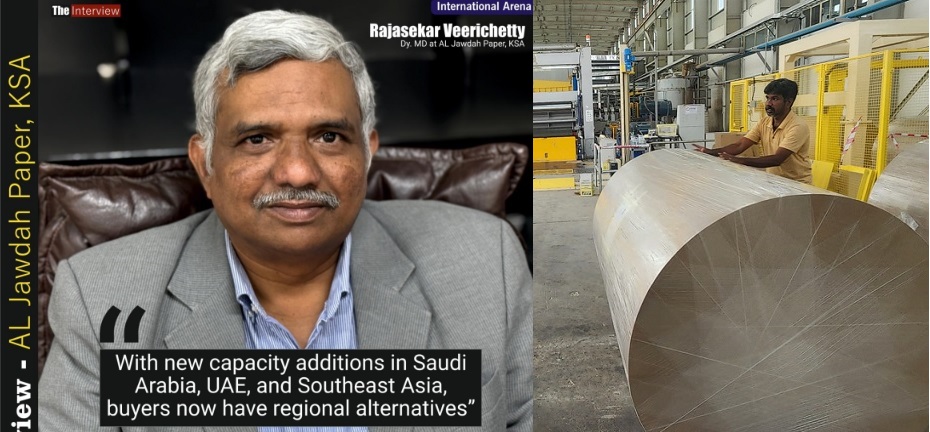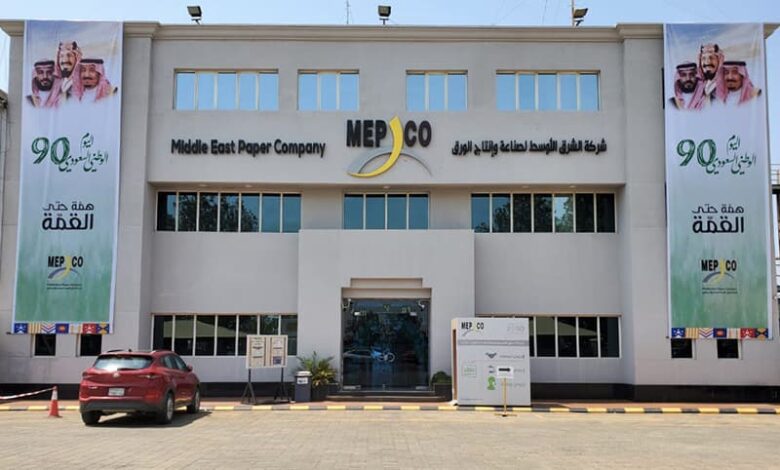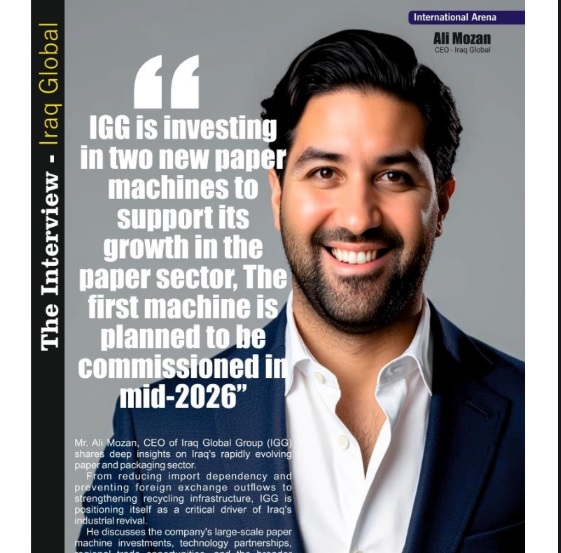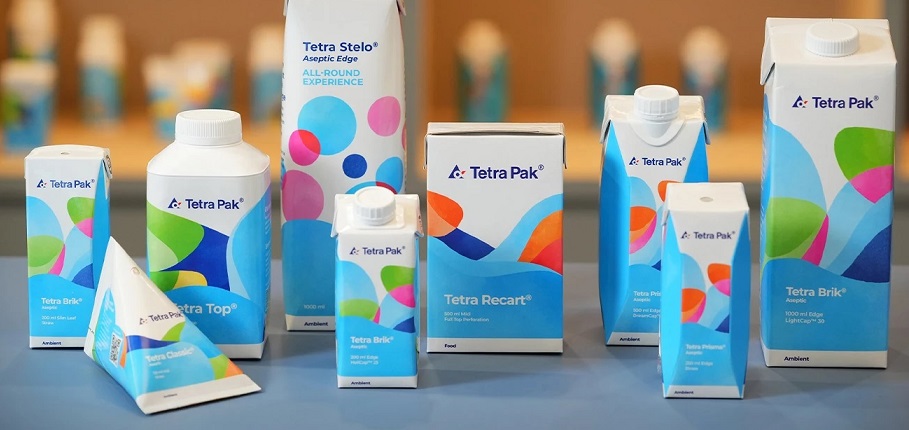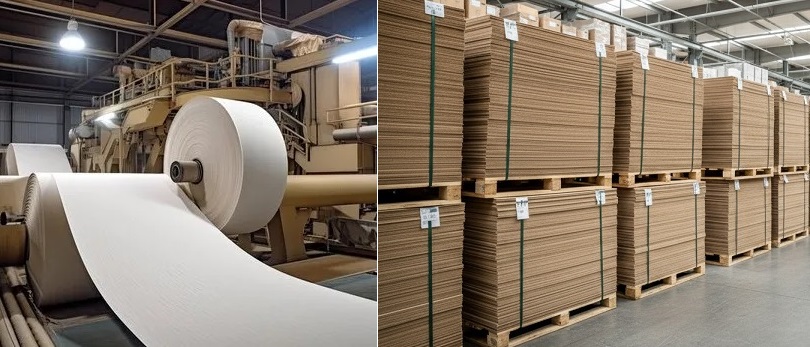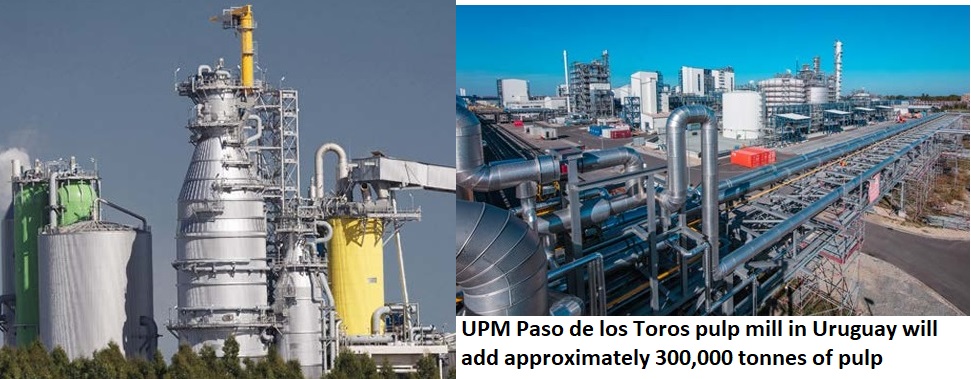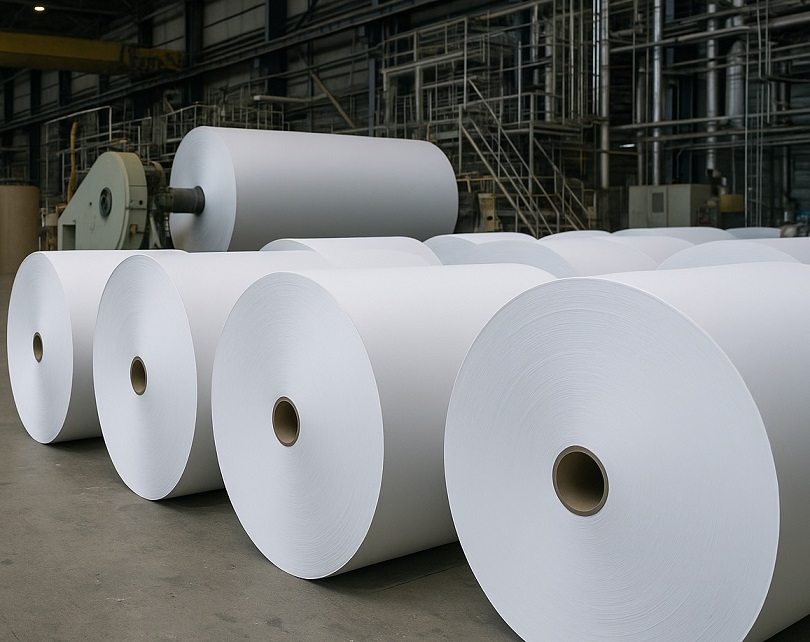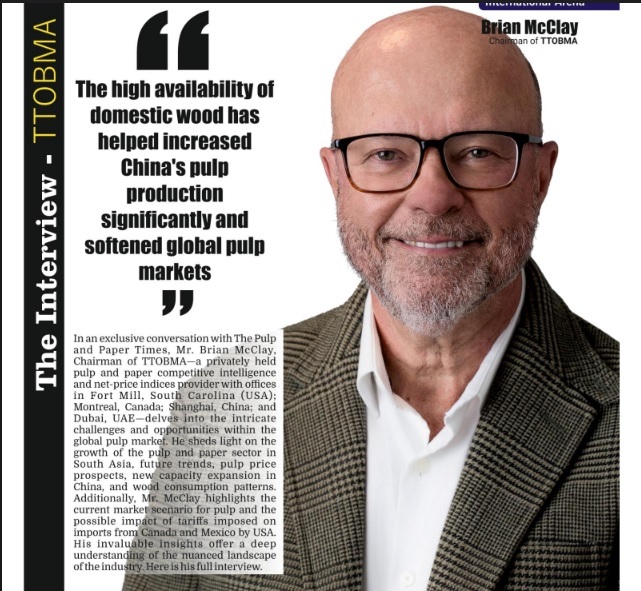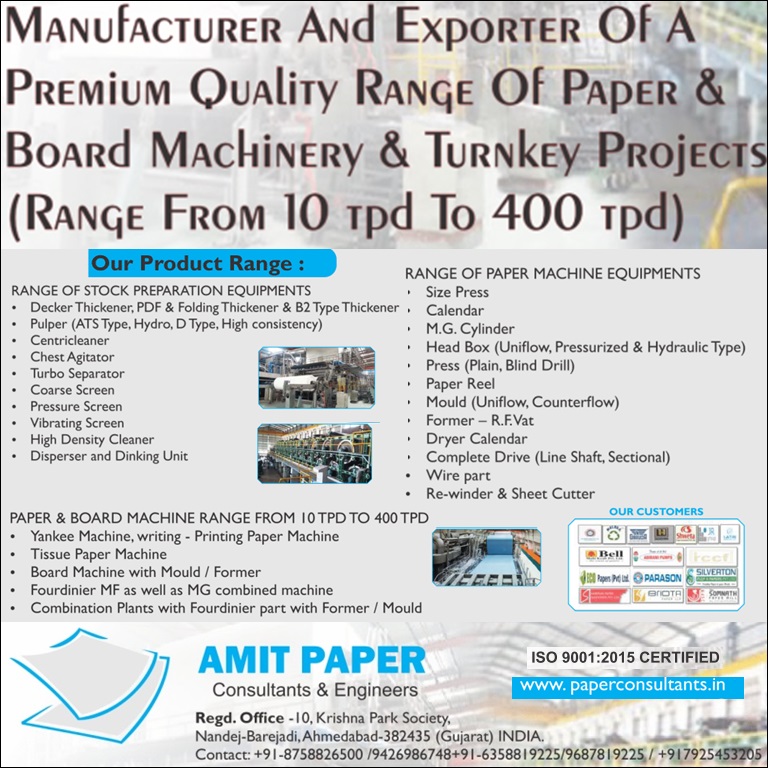"Mexican paper mills may also see increased demand from Central and South America, as buyers look for alternatives to expensive U.S. imports," says Dr. Yesha Patel of JMC Paper Tech

"Mexican paper mills may also see increased demand from Central and South America, as buyers look for alternatives to expensive U.S. imports," says Dr. Yesha Patel of JMC Paper Tech
-Industry Insights on Tariff Impacts from JMC Paper Tech Pvt Ltd.
-There is a strong possibility that Latin American buyers—who traditionally source from the U.S.—will shift their purchasing preferences towards Mexico instead.
-Tariffs will drive up material costs for industries dependent on imported paper, such as packaging, printing, and consumer goods
Recently, JMC Paper Tech inaugurated a 200 TPD Kraft test liner plant, Balaji JMC Paper Mill, in Ciudad Juárez, Mexico—marking a historic milestone in the global paper industry. This pioneering venture by JMC Paper Tech, a leading manufacturer of pulp and paper machinery in India, represents the first-ever Indian paper mill in Mexico and the first paper mill in Ciudad Juárez.
The Pulp and Paper Times spoke with Dr. Yesha Patel, CEO of JMC Paper Tech USA LLC, about the ripple effect on the Mexican and Indian paper industry amid the U.S. trade war with Canada and Mexico. We analyze the potential impact on the paper trade in the near future if the trade war continues. Here are her insights:
The Pulp and Paper Times:
Q:. How do you foresee these tariffs affecting the industry?
The 25% tariff on imports from Canada and Mexico will create a significant shift in North America's paper and packaging industry. In the short term, U.S. manufacturers will gain an advantage in domestic markets as imported paper becomes more expensive. However, this comes at a cost—tariffs will drive up material costs for industries dependent on imported paper, such as packaging, printing, and consumer goods.
For Mexican paper mills such as our own, Balaji JMC Paper Mill, we believe the impact depends on how companies react to rising costs. While some Mexican mills that primarily export to the U.S. may face price disadvantages, our strategy has always been to leverage both the U.S. and domestic markets. As demand for local production within Mexico increases—both from companies looking to replace more expensive U.S. imports and from industries within Mexico wanting to avoid U.S. tariffs altogether—we anticipate stronger regional demand. This shift could encourage more investment in Mexico’s paper industry, driving the country toward greater self-sufficiency in packaging and paper supply.
Q. Will they result in benefits or losses for paper manufacturers?
The impact of these tariffs will vary depending on a mill’s location and target market. U.S.-based paper manufacturers may benefit from reduced competition in their domestic market, which could drive up their sales and margins. However, higher prices for paper products could also push U.S. consumers and businesses to seek alternatives, such as investing in recycled fiber solutions or shifting supply chains to tariff-exempt regions.
For Mexican paper mills like ours, there are opportunities as well as risks. While some mills may lose U.S. customers due to the tariff impact, there is a strong possibility that Latin American buyers—who traditionally source from the U.S.—will shift their purchasing preferences towards Mexico instead. Countries in Central and South America currently import paper from the U.S., but if American prices rise due to reduced competition, Mexican mills could become a more attractive option. This shift would help stabilize demand for mills like ours, even if direct U.S. exports slow down.
Additionally, Mexico is also a growing market for packaging and industrial paper, so the tariffs could lead to stronger local demand, helping mills like ours maintain stable operations and even expand. If the U.S. continues with protectionist policies, long-term investment in Mexico’s paper production could increase, as more businesses move to source paper locally rather than dealing with tariff uncertainty.
Q: Do you anticipate that paper mills in Canada and Mexico will seek new export markets, such as Southeast Asia or India, as a response to these tariffs?
Yes, it is highly likely that Canadian and Mexican paper mills will look for alternative markets to offset potential losses in the U.S. Southeast Asia and India are strong contenders, given their growing demand for paper and packaging materials. However, these markets come with their own challenges—India has its own protective tariffs and a well-established domestic paper industry, while Southeast Asia has established paper manufacturing hubs in countries like Indonesia and Vietnam, which could make penetration difficult.
Rather than aggressively targeting exports to these regions, we see greater potential in strengthening Mexico’s position as a regional supplier. Mexico has a growing consumer base, increasing demand for e-commerce packaging, and industrial paper needs that will only rise in the coming years. By ensuring competitive pricing and efficiency in production, we can continue to thrive without relying on U.S. exports. With shifting trade dynamics, Mexican mills may also see increased demand from Central and South America as buyers look for alternatives to expensive U.S. imports. This is another key opportunity for us, as it aligns with our long-term strategy of supporting Mexico’s growing packaging industry while remaining competitive in the broader Latin American market.
Q: Any other comments?
The biggest takeaway from these tariffs is that they reinforce the importance of regional supply chain stability. Instead of over-reliance on exports to the U.S., Mexican paper manufacturers have an opportunity to strengthen their domestic and Latin American presence. For JMC Paper Tech & Balaji JMC Paper Mill, the focus remains on efficiency, cost competitiveness, and meeting the needs of local and regional industries.
While tariffs create disruption, they also push industries to innovate. Mills that can adapt by diversifying their customer base and optimizing production costs will be in the best position to navigate these changes and find long-term growth opportunities.
Web Title: "Mexican paper mills may also see increased demand from Central and South America, as buyers look for alternatives to expensive U.S. imports," says Dr. Yesha Patel of JMC Paper Tech





 Join WhatsApp Group
Join WhatsApp Group Join Telegram Channel
Join Telegram Channel Join YouTube Channel
Join YouTube Channel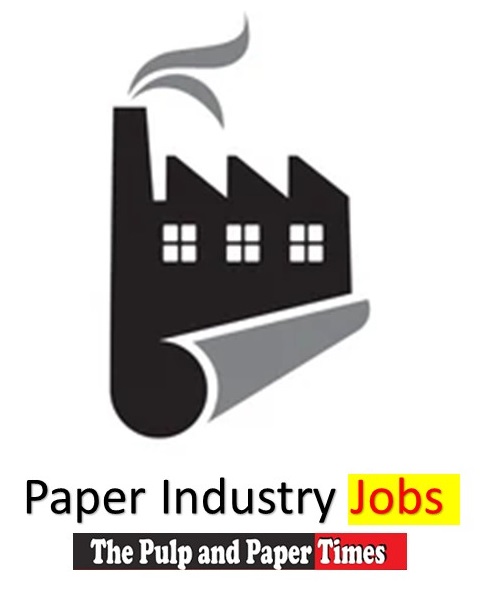 Join Job Channel (View | Submit Jobs)
Join Job Channel (View | Submit Jobs) Join Buy Sell Channel (Free to Submit)
Join Buy Sell Channel (Free to Submit) Paper News Headlines Channel (Free to read)
Paper News Headlines Channel (Free to read)




